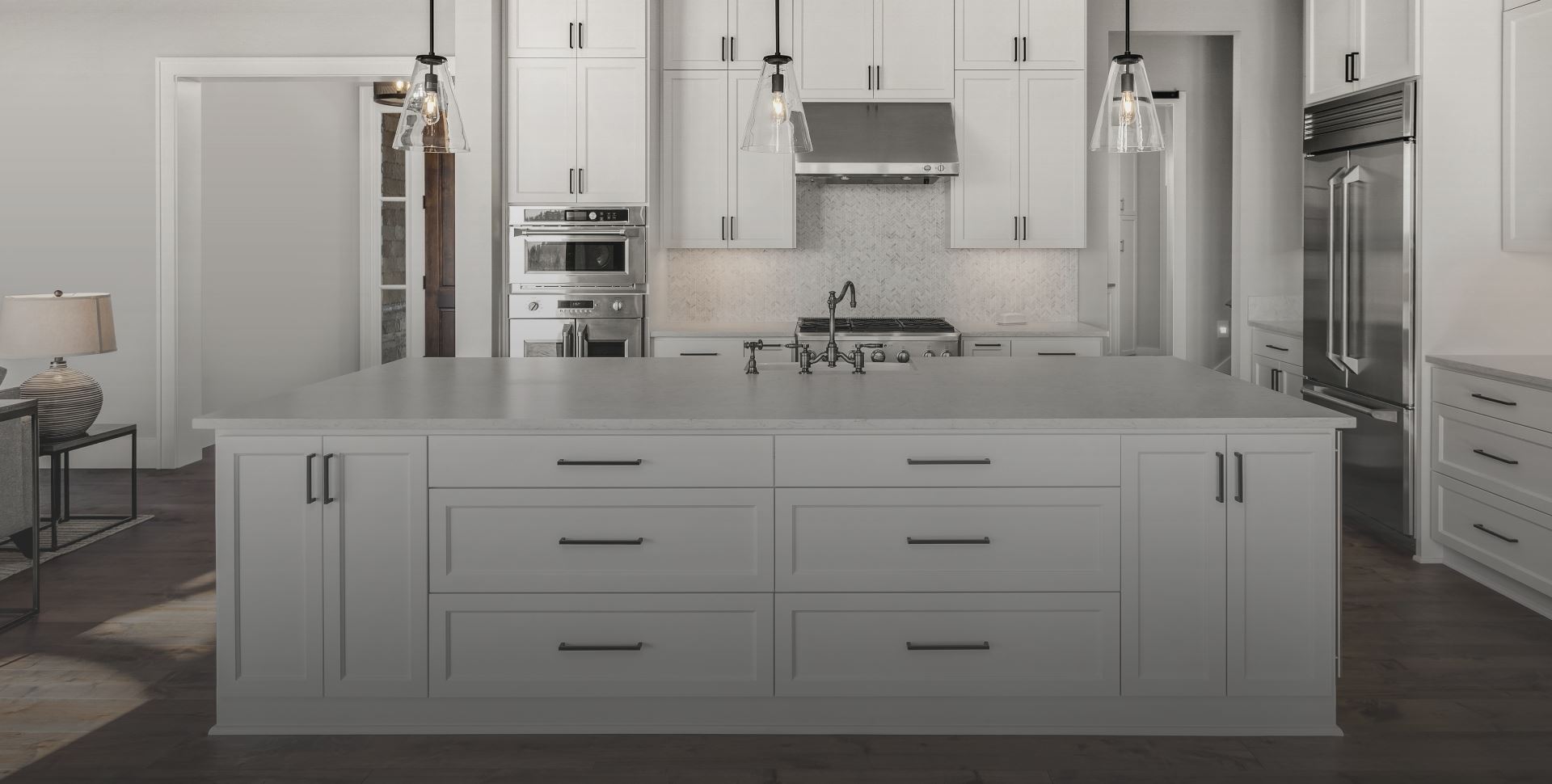The safety of your baby is a top priority. Baby-proofing your home is an essential part of creating a safe haven for your child, especially when your baby starts crawling and cruising around the house.
Here are some tips on baby-proofing your home as your baby’s mobility and curiosity grow:
1. Use indoor safety gates
First, you should install indoor safety gates that will act as barriers. Putting up barriers makes it hard for little ones to get to hazardous areas, like staircases, fireplaces and bathrooms. When you’re blocking off stairs, make sure to put a gate at the top and bottom of the stairway. As your baby starts to crawl, you may want to consider putting the lower gate a few steps from the bottom so your child can practice stair-climbing skills. But be sure to stay within arm’s reach so your child doesn’t take a tumble.
2. Put breakables out of reach
When baby-proofing your home, it’s best to keep breakables and plants (which can have toxic leaves) on a high table or shelf.
3. Lock your cabinets
Invest in safety locks for every drawer or cabinet that contains potentially dangerous or poisonous products inside, including cleaning products, medicines, sharp utensils, tools and alcoholic beverages. It’s easiest to get locks that automatically engage when you shut the door.
4. Cover outlets
Also, cover your electrical outlets before your child has a chance to figure out that his or her fingers may fit in the holes. If you’re feeling ambitious, replace the standard switch plates with ones that automatically slide to cover up outlets when they’re not in use.
5. Tie up cords
Wires and cords are strangulation hazards, so when baby-proofing your home, make sure to tie them up and keep them out of reach. Don’t forget the cords attached to window coverings too. Shorten them, attach plastic covers to the ends or secure them to the wall with a tie-down device. And make sure your baby’s crib is placed at a safe distance from these cords.
6. Secure your furniture
As your baby starts to crawl and stand, he or she may hold – or even climb – onto the furniture. Fix bookshelves, dressers, floor lamps and TV cabinets to the floor or wall. You can find toddler safety products like furniture brackets and fasteners at any baby or home improvement store. You’ll also want to pad any sharp corners with child-proofing bumpers.
7. Make hazardous rooms off limits
You may also want to consider sealing off the kitchen, bathroom and office with either a gate or a child-safe doorknob protector. In the bathroom, put safety latches on the toilet lids and never leave your child alone in the tub. In the kitchen, keep the oven and dishwasher latched and put knob covers on the stove so your child can’t turn on the burners. When you cook, use the back burners whenever possible. If you have to use the front burners, make sure to turn the handles of your pots and pans away from the front of the stove. If you have countertop appliances, such as a toaster, blender or food processor, keep them away from the edges of the counters so your toddler doesn’t accidentally topple them over.
8. Mind your dog
More than 4.5 million are bitten by dogs in the United States annually, with more than half of them being children, according to the American Veterinary Medical Association.1 Any dog can become aggressive, so never leave your child alone with a dog. Until your child is at least three years old, don’t buy pet toys with eyes, buttons or other small parts that may be a choking hazard. It’s also a good idea to put hard pet food away when your pet is done eating.
9. Read labels
Many household and cosmetic products contain liquid hydrocarbons, mineral oil and other substances that can be hazardous to children. Be sure to read labels and store these products out of your child’s grasp, even if they’re in child-resistant packaging.
10. Always keep a watchful eye
Lastly, perhaps the best baby-proofing you can do is keeping a watchful eye on your baby and always staying within arm’s reach. Even with the plethora of safety products available today, there is no replacement for loving parents who put their child’s safety first.


